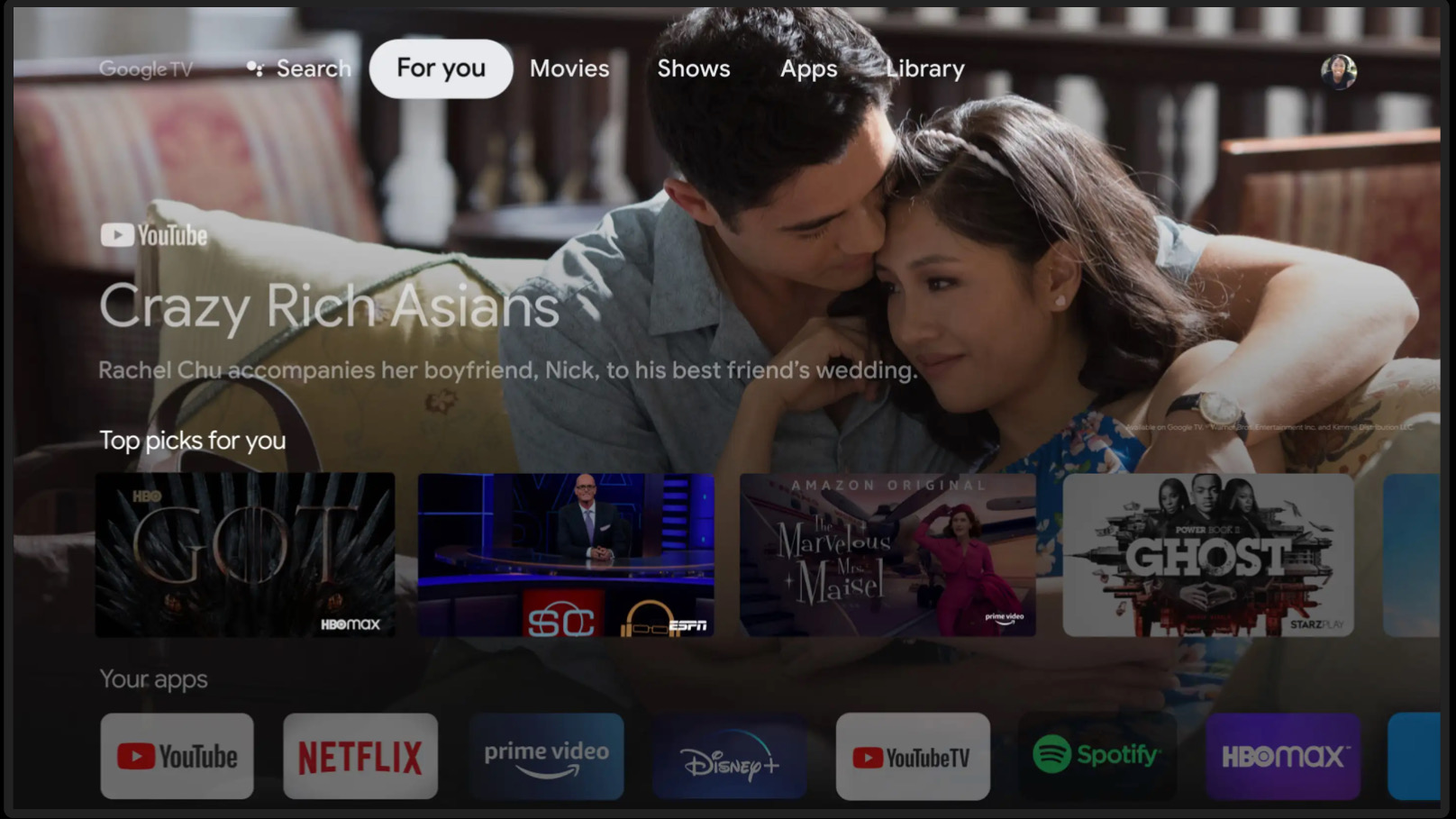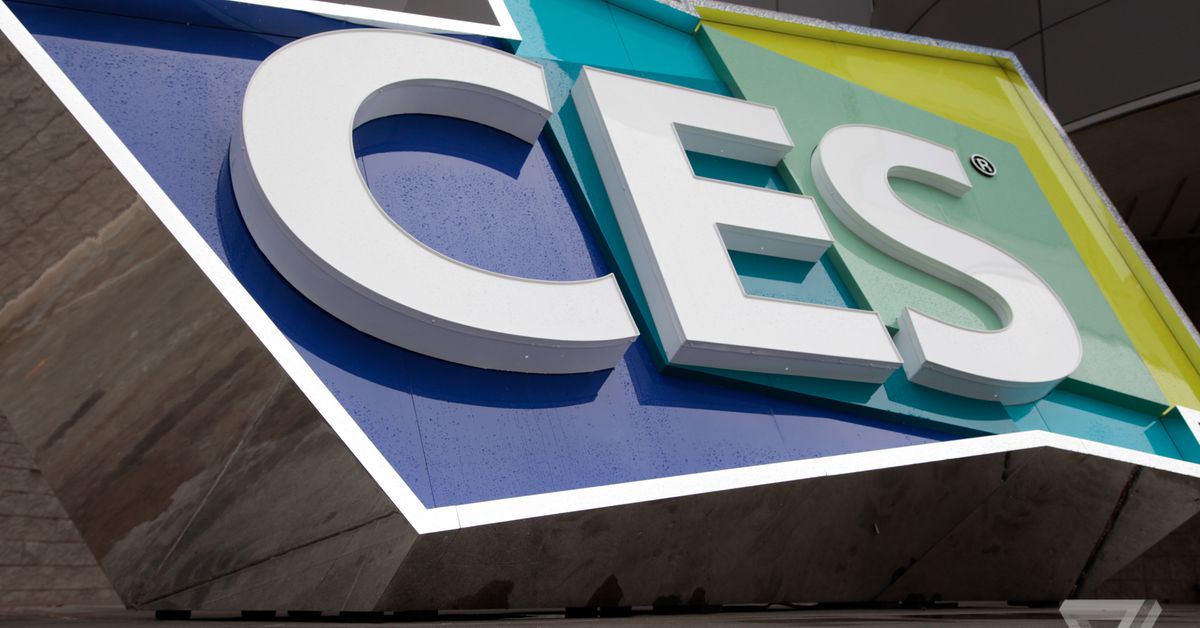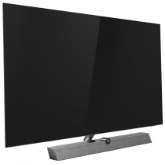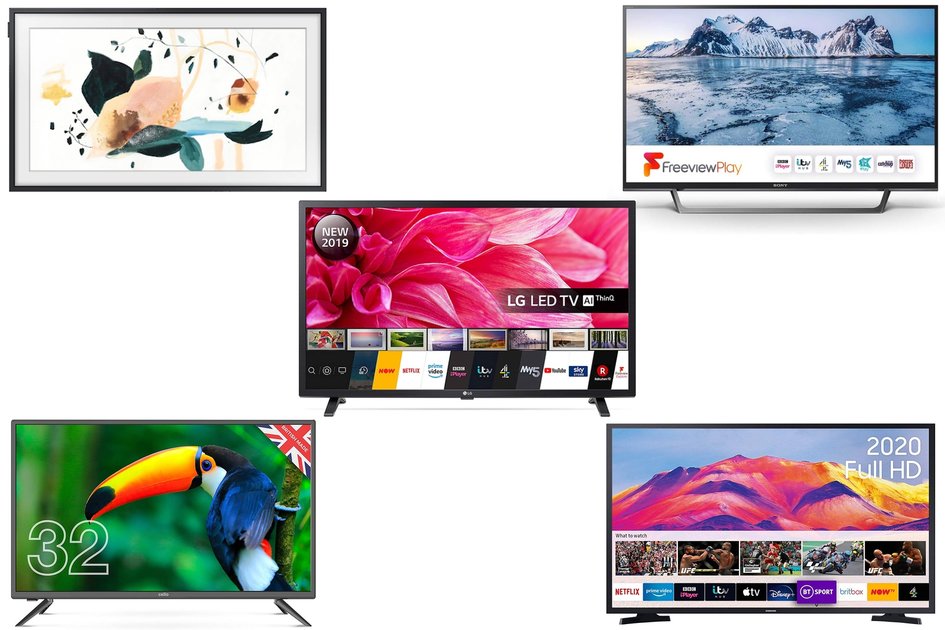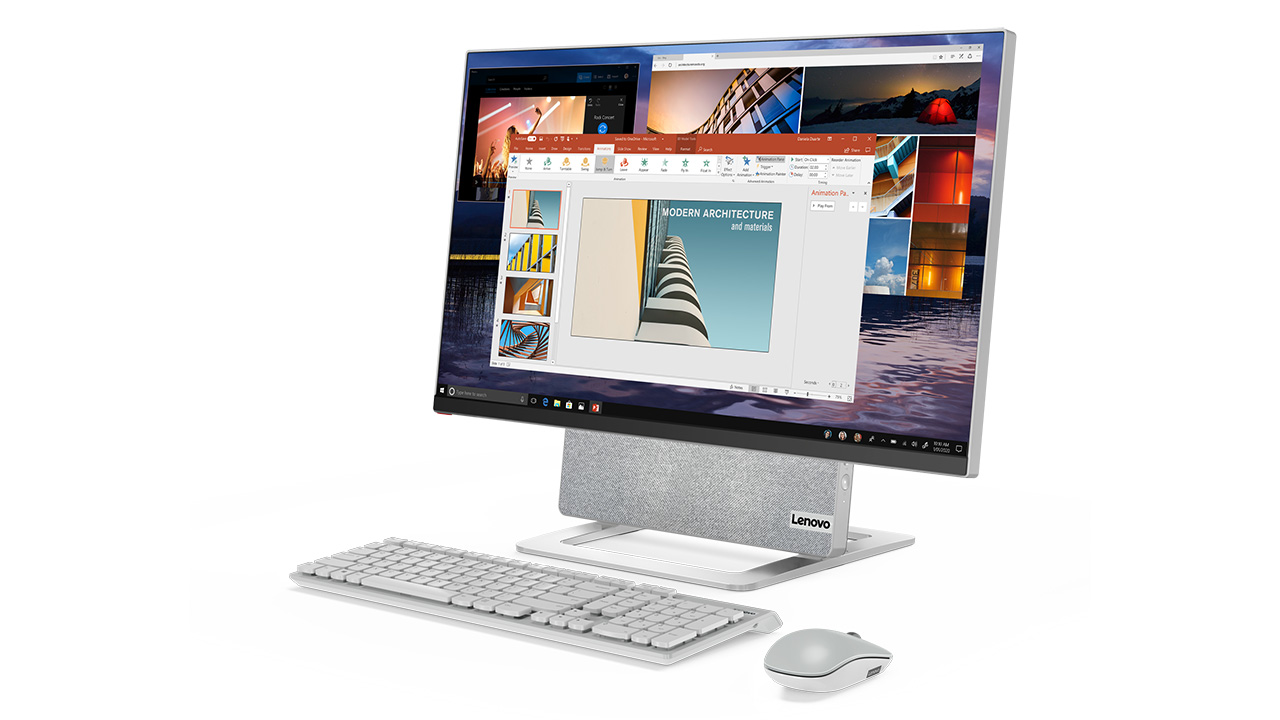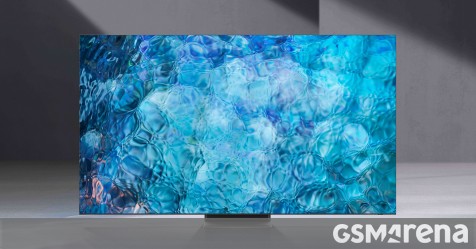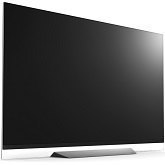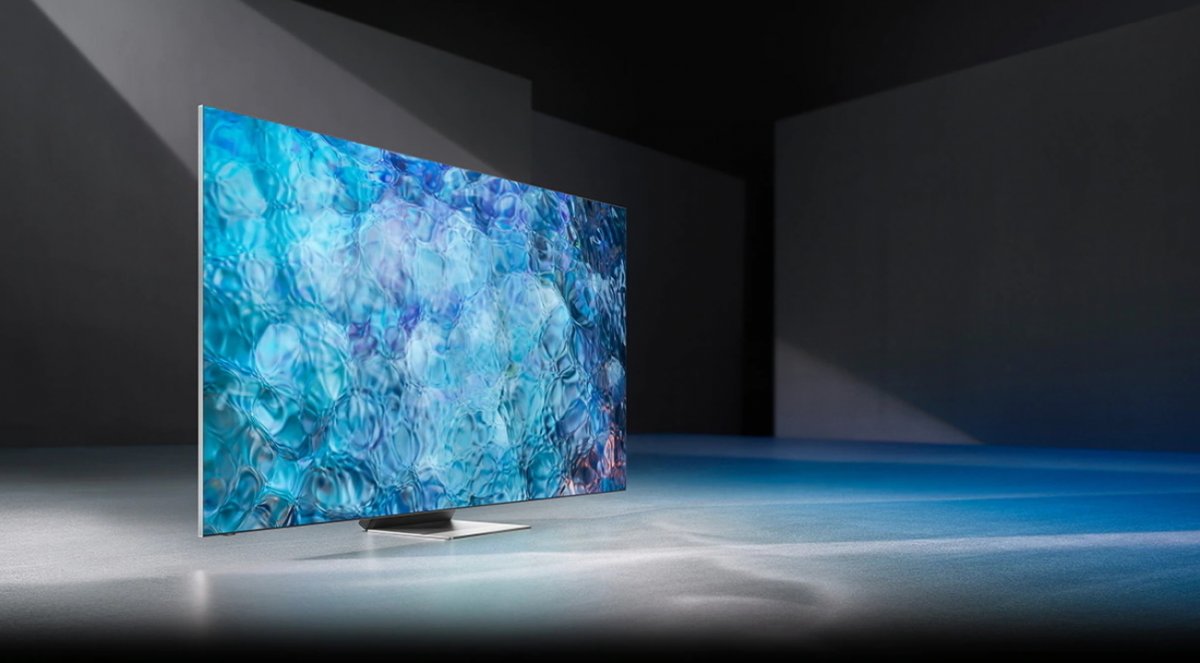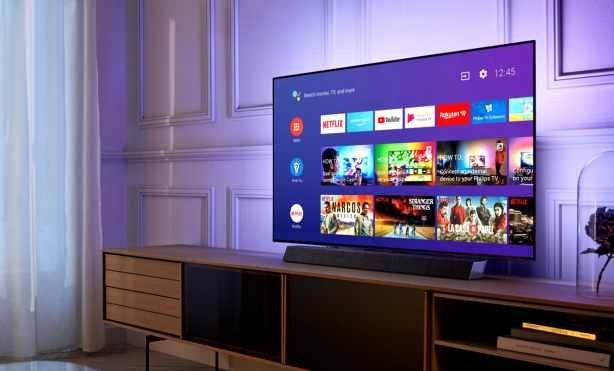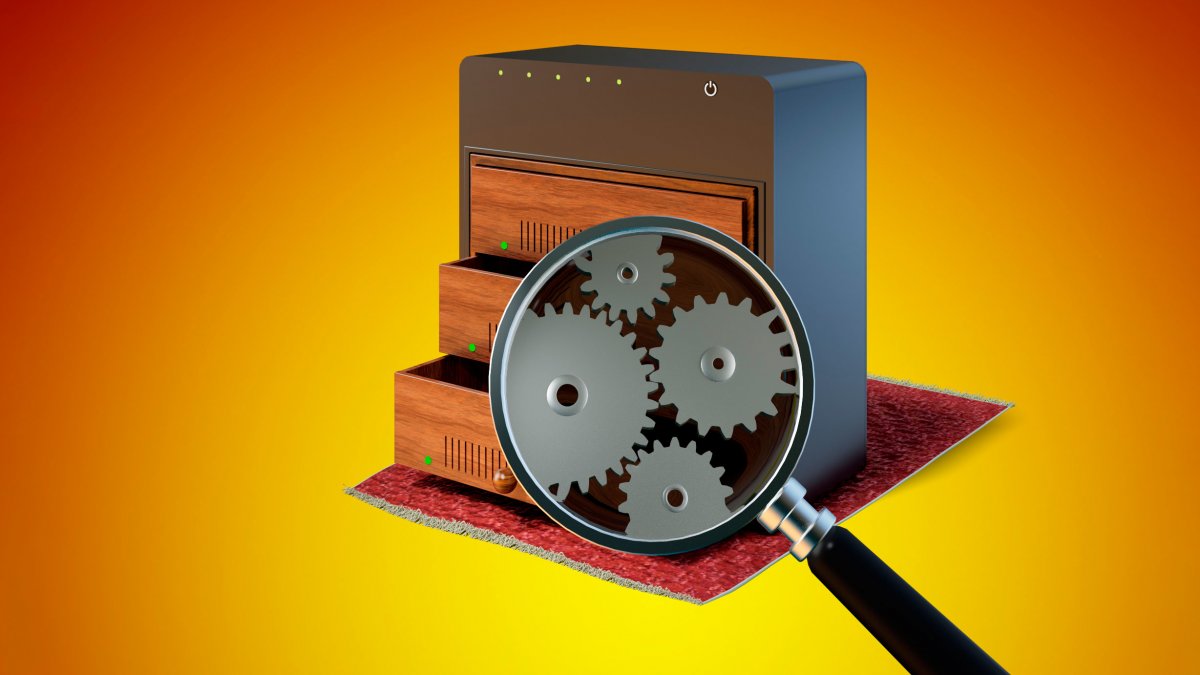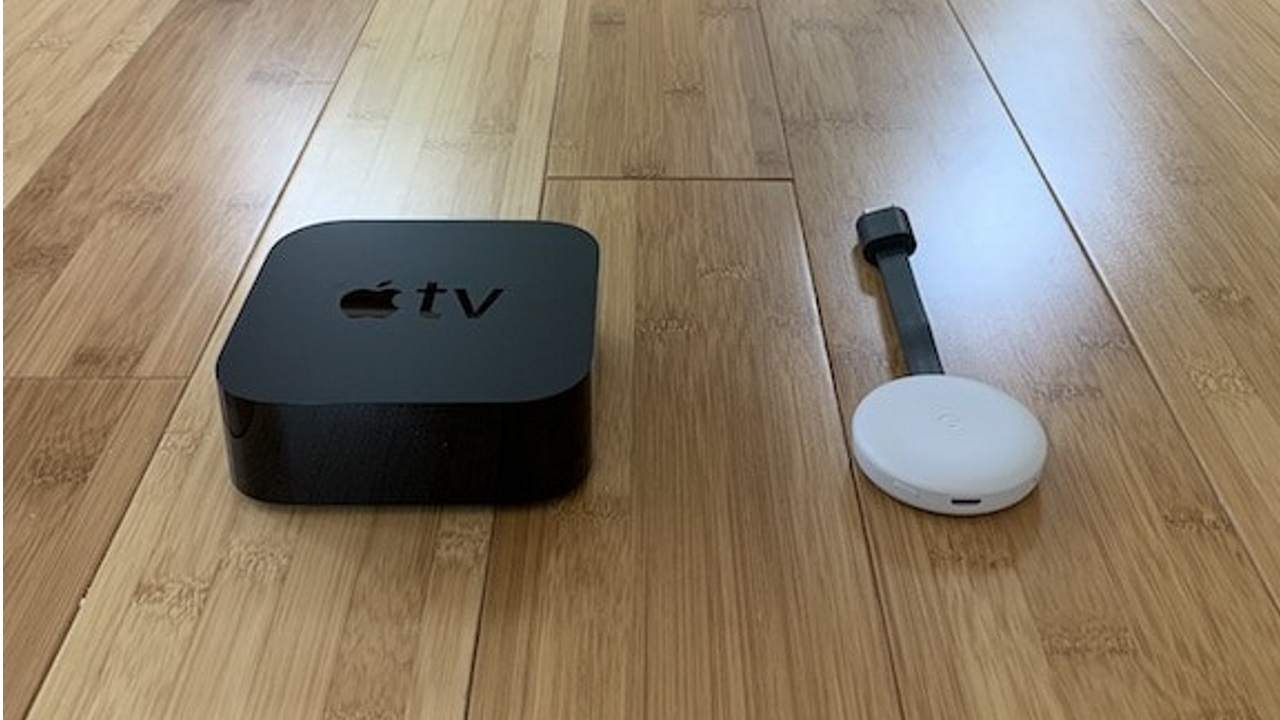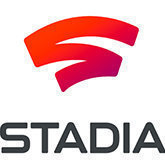Testing Tests overview Smartphone Huawei P Smart 2021: Budget model with room for improvement Asus Zenfone 7 Pro: Turbo smartphone with flip camera Samsung Galaxy Xcover Pro in the test: Hard but slow Oneplus Nord N 03 5G in the test: galloped in price Oppo Find X2 Pro in the test: performance bargain Asus ROG Phone 3 in the test: Perfect gaming smartphone LG Wing in the test: 1.5 displays and gimbal cam Smartwatch Samsung Galaxy Watch 3 in the T est: competition for Apple? Huawei Watch GT 2 Pro in the test: Smartwatch with cross-country battery Apple Watch: Smartwatch with contract from 15 € per month Apple Buy Watch 6: All generations in the price check Skagen Falster 3 in the test: Smartwatch with Wear OS Test Huawei Watch GT 2: Noble fitness tracker in watch form Huawei Watch GT in the test: record-breaking battery life Multiroom Ikea Symfonisk in the test: Sonos loudspeakers under 100 Euro Bose Portable Home Speaker in the test: battery, WLAN, Airplay 2 Sonos Move in the test: The robust all-rounder Musiccast: Multiroom from Yamaha in the test Denon Heos in the test: Versatile multi-room system Flat soundbar Teufel Sounddeck Streaming in the test Teufel Raumfeld in the test: rich multiroom sound Keyfinder Tile Slim (2019): Key finder in credit card format Bluetooth key finder Tile Pro in the test: 122 m range! Key finder Tile Pro in the test: the range champion Orbit Bluetooth tracker in the test: looking for wallet and keys Nonda iHere 3.0: smart key finder under test Chipolo Classic and Plus: Bluetooth key finder under test Musegear finder 2: Keyfinder without registration obligation Action-Cam DJI Pocket 2 in the test: Zoom and 64 – Megapixel sensor Actioncam Insta 360 One R: 1-inch image sensor in the test Gopro Hero 8 Black in the test: Back to the top Insta 360 One R in the test: The modular action cam Motorola Moto G8 Plus Review: Great smartphone, but … Insta 360 Go: Micro-GoPro in the test Motorola One Action Test : Good hardware, bad camera microSD In the test: Kingston UHS-I U3 microSDXC Kit MicroSD card for smartphone: Samsung Evo Plus 2017 Test report: Lexar Professional 1800 x microSDXC Kit Test report: Intenso Premium microSDXC card with 64 GByte Android Sonos Move in the test: The robust all-rounder Honor 20: Inexpensive high-end smartphone in the test Xiaomi Mi 9: top technology at a bargain price Doogee S 90 in the test: modular outdoor smartphone ZTE Axon 10 Pro in the test: high-end phone at a competitive price Motorola Moto G7 Power in the test: large battery, small price Sony Xperia 10: smartphone with 21: 9 display in Test Counselor Advisor overview Purchase advice The right cordless screwdriver for the home workshop t Bargain: Which Fire TV Stick from 19 € is the right one? Purchase advice: What good is a leaf blower with a battery for 45 Euro? True wireless headphones: How much do you have to invest? Buying advice water cooling: High-end PCs cool better Adviser: Air conditioning and fan against the heat wave Sony shows the Xperia 1: Is the predecessor XZ3 worth it now? Practice Caution, money away: Kickstarter & Co. are not shops Turn off Android notifications from annoying apps Here’s how: Install the new Android L keyboard now Tip: Use “Ok Google everywhere” in Germany In the test : Will the jailbreak work for iOS 7.1? Goder ma and mobile medicine: The doctor apps are coming! Instructions: Jailbreak for iOS 7 on iPhone 5S, 5, 4S and 4 Technology Importing technology from China, part 2: Customs, taxes and tricks Drones & copters: From toys to FPV Racer What does the end of an ecosystem mean? Smartphones with a flexible display: What’s the point? Overview of smartphone processors: Everything Snapdragon? Evolutionary dead ends: the very worst cell phones mpass: Pay with the NFC mobile phone – or the NFC toilet roll Display calculator Calculate pixel density, number and display proportion Best list Test winner Price comparison Price comparison overview Smartphones from Android 7.0 Phablets with stylus Fitness tracker with GPS Bluetooth headphones with ANR Drones with GPS Video TechStage Counselor TV-OS: Strengths & weaknesses of Android TV & Co beginning Android TV Tizen OS Web OS My Home Screen Loewe OS Metz VIDAA U3.0 Conclusion Comments by Jochen // 03. 01. 2021 11: 10 Clock
Does it matter which operating system the new Smart TV has? TechStage presents the most important OS for TVs in the guide and explains where they score.
Modern smart TVs no longer only differ in terms of appearance, equipment, and picture and sound quality. An essential feature is the operating system, which is largely responsible for ease of use. While the smartphone market is dominated by Android and iOS, several operating systems are competing for flat screen televisions. We will introduce you to all the important ones and address the respective strengths and weaknesses.
The article appears in our UHD TV theme world. There were other articles published there, for example our guide for really big TVs, tips for buying a next-gen TV or our constantly updated list of the cheapest TVs from all categories (e.g. OLED, HDMI 2.1 or just huge).
Android TV Not only on smartphones, but also on smartphones TVs are very popular with Android. In addition to Sony and Philips, TCL and Metz Blue rely on Android TV from Google. Corresponding televisions can not only be set up using the remote control supplied, but optionally using an Android smartphone.
Tile-like structure, clear structure and a lot of apps: that’s Android TV. #The start page has a uniform design on almost all Android TVs: Here you can find a list of the most important apps, streaming services and TV channels. All applications are arranged in tiles on the user interface; additional applications can be added in next to no time. While Android was still a bit sluggish and unstable to use in previous versions, these teething troubles have been resolved with Android 9.0 (Pie).
The gear wheel at the top right takes you to the most important system settings, the Google Assistant is lurking at the top left, for example to browse streaming services by voice or to call up current weather information or traffic reports.
The selection of apps under Android TV is generally huge and one of the best on the market. Thanks to the Google Play Store, you will find a varied portfolio in the areas of video, music, games and news. The integrated Google Chromecast ensures flexible compatibility with smartphones. While the standard interface is identical on all Android televisions, the individual manufacturers adapt their menus for picture and sound settings individually.
Overall, Android TV scores with a clear design, high operating speed and an extensive selection of apps. Smaller weak points in terms of performance can only be found on very inexpensive or older flat-screen TVs with an Android system. It is therefore important to check every now and then whether there is an update for your own TV.
Tizen OS With Tizen, Samsung uses its own operating system; the sheer number of Samsung TVs alone makes it a major competitor to Android TV. With Tizen OS, all functions are packed into a horizontal menu bar. You can store the most important apps here, preview streaming content, switch sources, open TV recordings from USB sticks and jump to the picture and sound settings.
Tizen OS from Samsung offers a lot of information at a glance and likes it colorful. All of this succeeds quickly even if the selected Samsung television does not have the fastest processor. In contrast to its competitors Philips and Panasonic, Samsung has integrated a powerful media player into Tizen OS, which can play photos and videos as 360 Degree view. In addition, there is a function in “Ambient Mode” to display paintings, photos or infographics with news or weather data on the screen when not in use. Alternatively, this takes on the look of the wallpaper behind the flat screen TV.
Relatively new is the intelligent program guide, which combines content from television and streaming services. In terms of apps, Samsung is one of the leading manufacturers on the market. In addition to HD +, you can also find Disney +, Apple TV, DAZN, Sky Ticket, Netflix, Tidal, Amazon Music, Spotify and Deezer. Tizen OS supports Apple AirPlay 2 to stream photos, music and videos from iPhone or iPad wirelessly to the hip flask, as well as Google Chromecast and Bluetooth.
If you like control by voice, you will also get your money’s worth with Tizen OS. A recent software update makes Google Assistant available on Samsung smart TVs in addition to Bixby and Amazon Alexa. Together with WebOS from LG Tizen OS is one of the most user-friendly and versatile operating systems on the market.
Web OS LG uses the WebOS operating system in its OLED and LCD televisions, which is visually reminiscent of the keyboard of a piano. The latest version, WebOS 5.0, is extremely fast and clearly structured. The high level of operating comfort is also due to the fact that you can control a mouse pointer on the TV with the LG remote control. So you can move the so-called Magic Remote freely in the air and navigate to the desired window like with a laser pointer. This is surprisingly precise and you get used to it quickly.
LG’s WebOS provides apps and functions like on a keyboard. The individual tiles give access to the TV program, the most important apps (these are freely configurable), the home dashboard – an overview of all connected and networked devices – as well as the art gallery, the sports alarm and the fast media player for 360 – degree representations. The art gallery contains paintings, photos and drawings that transform the LG TV, including a wooden or metal frame, into a deceptively real work of art. The sports alarm provides timely information about when your favorite team is playing again, for example in football or basketball, and provides constantly updated results.
With AirPlay 2 and the support of Chromecast and Miracast, WebOS 5.0 is very communicative. The range of videos and games in the app area is plentiful, including Apple TV, Disney +, DAZN, Sky Ticket, Google Play Films, Netflix and Zattoo. However, music and news apps still have room for improvement. The already installed application “Reelgood”, a streaming guide that bundles content from Netflix, Disney +, Amazon Prime Video and Maxdome, is very useful.
LG has thought of the Amazon Alexa and Google Assistant for voice control. In terms of handling and clarity, WebOS 5.0 is currently ahead, closely followed by Samsung Tizen OS, Panasonics My Home Screen and Android TV.
My Home Screen Panasonic equips its current flat screen TVs with the My Home Screen 5.0 operating system. This is clearly laid out, almost spartan, and requires little space on a flat screen. In the horizontal bar you can find the app icons from Netflix, YouTube and the “HD +” platform as well as access to the complete range of apps and an overview of all connected devices.
My Home Screen from Panasonic is limited to the essentials and is therefore intuitive to use. The sorting of the symbols is flexible, other applications can be added. You can also assign a button on the remote control to start your favorite app with just one press of a button.
New in My Home Screen Version 5.0 is the preview of thumbnails with various cinematic content as soon as you navigate to the streaming apps from Netflix and YouTube. The Panasonic software works quickly and smoothly with barely noticeable waiting times when changing menus. In addition to a DLNA server, My Home Screen also has the TV> IP function. This allows the TV signal to be transported over the network to a television set in another room in which no programs are traditionally accessible via cable, satellite or DVB-T2.
At Panasonic, the app offer is still expandable. With Disney + and Apple TV, two industry giants are missing here. Even those who like to stream music are currently losing out with the Japanese. When it comes to voice control, Panasonic is also not up to date: Amazon Alexa and Google Assistant can only be used in conjunction with separate speakers.
Loewe OS The traditional Loewe brand, which after the takeover by the Skytech Group was able to avert its final end at the very last second, is building its high-priced television with the Loewe OS6.3 operating system. In contrast to earlier Loewe TVs, the current models are easy to operate thanks to their attractive user interface with rectangular symbols and a simple menu structure. However, you have to get used to some little things first, such as the fact that a longer press on the “Home” button leads to the picture and sound settings.
The Loewe OS is clear, but important streaming apps such as Netflix are missing. The start page gives you access to the TV recordings that land on the internal hard drive. With the apps, however, you have to do without industry giants such as Netflix. These are only accessible via a Fire TV Stick from Amazon, which Loewe makes available to its customers free of charge after registering online. All applications on the streaming stick can be accessed via the heavy Loewe remote control.
In the spring 2021 Loewe wants to significantly expand the range of apps with a new platform. Loewe OS6.3 works quickly overall, but like Panasonic only enables voice control via Amazon Alexa via separate speakers such as the Echo Dot. Multimedia files can be accessed from a smartphone or a Fritzbox, for example. Loewe OS 6.3 has caught up with the market leaders from LG, Samsung, Panasonic and the like, but cannot quite keep up in terms of appearance and comfort.
Metz While the cheaper smart TVs of the Metz Blue series are delivered with Android, some Metz televisions come with a Linux Operating system used. This offers a special feature: The user can decide for himself how complex the user interface should appear. In addition, the number of functions can be gradually adapted to your own needs (“Simple”, “Comfort”, “Expert”). The start page and the submenus are kept very factual with clear labeling, but dispense with colored frills. But you know immediately which function is where.
The Metz user interface is based on a Linux system and attaches great importance to sober objectivity. The Linux system promptly implements control commands via the remote control and works at a good speed. The heavy metal signaling device with a well-structured key arrangement has reserved three keys so that preferred functions can be freely assigned to them.
If apps are important to you, you should think twice about buying a Metz TV. Because Netflix, Disney +, Apple TV, YouTube, Rakuten TV or Amazon Prime Video are just some of the relevant applications that are not available here. You have to buy a Fire TV stick separately.
Instructions are stored in the operating system so that you can look up almost any important topic quickly if you have any questions. Bluetooth and Chromecast are supported for streaming. Overall, the Linux operating system is very tidy and quickly transparent, without setting optical highlights.
VIDAA U3. 0 At the steadily growing TV manufacturer Hisense, the operating system listens to the bulky and somewhat getting used to name VIDAA U3.0. Here memories of Android TV are immediately awakened. This is ensured by the large tiles on the user interface, which not only include apps, but also the entrances and the media player.
Reminiscent of Android, but is named VIDAA U3.0: the operating system from Hisense . The operating concept is well thought out, Hisense dispenses with a nested menu structure and also makes life easy for new customers who previously trusted a different TV brand. There is also an aluminum remote control, which is also clearly designed and has four direct selection buttons for the streaming portals Netflix, YouTube, Rakuten TV and Amazon Prime Video.
Hisense cannot keep up with the range of apps from Sony, Philips, Samsung or LG, but the most important streaming platforms are on board. Via the home network, VIDAA U3.0 allows access to multimedia files that are slumbering on a PC hard drive or a media server in the network. The media player is, however, quite simple and neither does 360 – Degree representations still zoom in on photos. Amazon Alexa can be used for voice commands via voice.
Overall, VIDAA U3.0 makes a very smooth impression, but you have to be patient when switching and starting recordings on USB Bring your hard drive. Because the remote control does not have its own record button. Rather, you first have to navigate to the TimeShift menu and from here to the record button. Top dogs like LG, Samsung and Panasonic are still ahead in the area of ease of use.
Conclusion The operating system of a TV may not seem essential at first glance. But it depends a lot on how you want to use the television in the future. Anyone who mainly watches traditional television or plays via a Blu-Ray player (guide) does not have to attach excessive weight to the TV OS. But if you use apps and streaming services, or stream video games from the cloud via a cloud service such as Shadow or Geforce Now, you should take a close look at what you are buying. Android TV is one step ahead here, and hardly any other manufacturer has app support.
The good news is that these functions can be upgraded if necessary. There are enough cheap streaming sticks, as our guide to streaming boxes shows in comparison. If you need a little more power, you should take a look at the Nvidia Shield TV (guide).
The article appears in our UHD TV theme world. There were other articles published there, for example our guide for really big TVs, tips for buying a next-gen TV or our constantly updated list of the cheapest TVs from all categories (e.g. OLED, HDMI 2.1 or just huge).
Permalink: https://techstage.de/ – 5000992
Tags
Android TV TV Smart TV UHD TV Smart home trainers – alone at home in a group cycling
